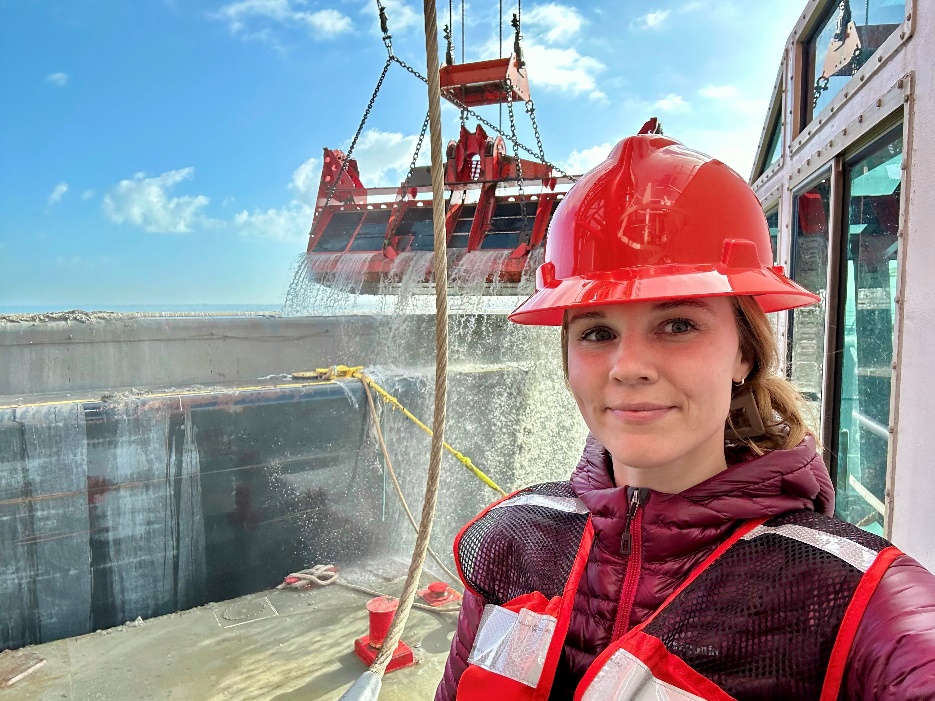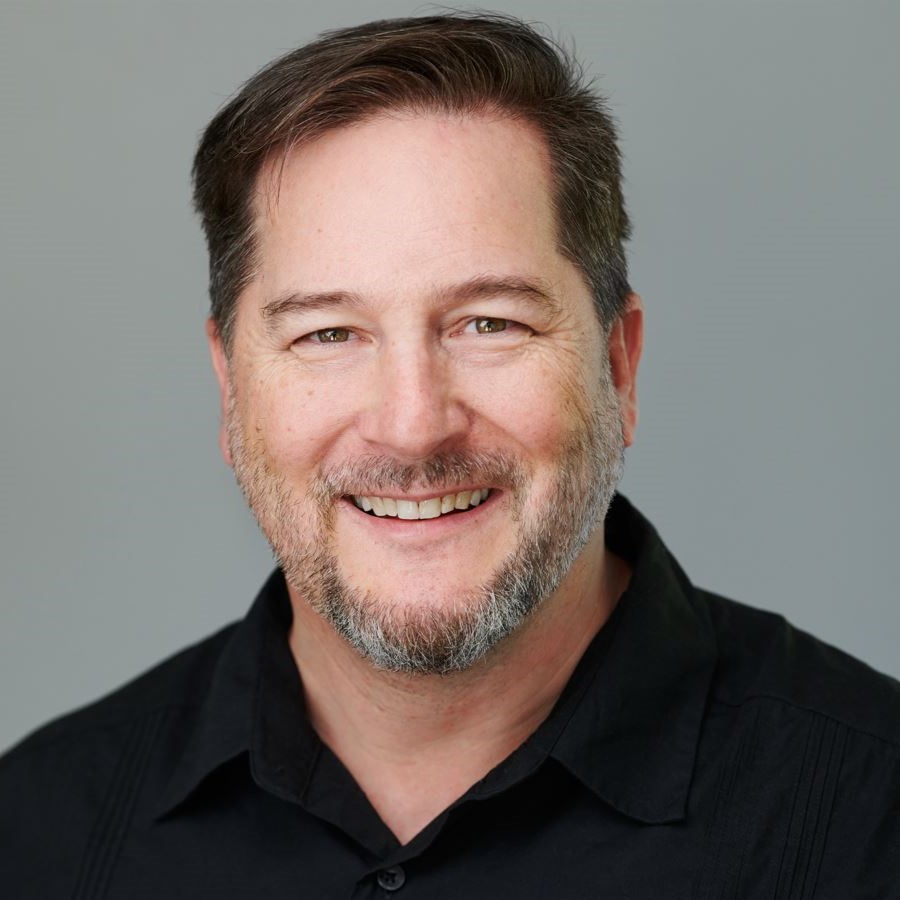On-demand
H&H Essentials #8: Flood hazard, scour and sedimentation
Apply hydraulic forces to buildings, vehicles, hydraulic structures and channel banks

About
This 3-hour intensive training course will include the computation of flood hazard zones and mitigation measures for reducing flood hazard and scour potential. Attendees will identify areas with scour concerns based on hydraulic results and develop stable channel designs to resist erosion.
Throughout the course attendees will be shown practical working examples, learning hands-on how to use and apply different equations and approaches for determining particle motion, leading to an increased understanding of confidence limits and risks associated with the application of hydraulic results to erosion countermeasures and stable channel design.
To find out more about the series, see below.
Details
| Format | Take sessions anytime, at your own pace, with unlimited course access for 4 months. |
|---|---|
| Cost | AUD$325 (INC GST) or combine with the full H&H Series and save 15% |
| Code | OD-22-3-063 |
| Contact | training@awschool.com.au |
| Tags | Surface water hydraulics / Surface water hydrology |
Register your interest: https://awschool.com.au/training/flood-hazard-scour-and-sedimentation/
Presenters
David Montgomery
University of Washington
Casey Kramer
Natural Waters
Jessica Daignault
Kongsberg Discovery
Evan O'Brien
Genesis Hydrology
Krey Price
International Water Training Institute






